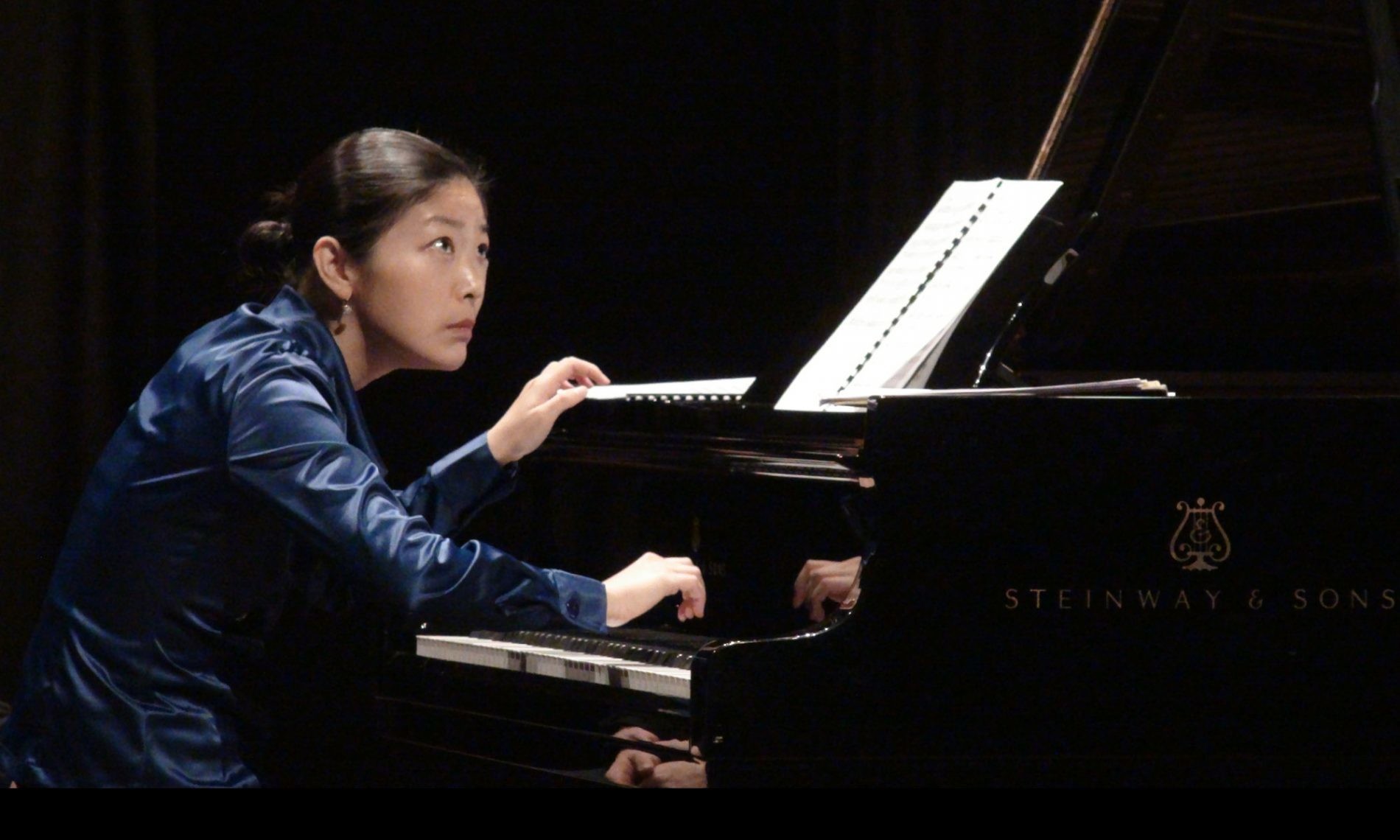Pianolab: Inner Time Spaces
Anatolian/Armenian roots and the music of Paul Motian, Komitas, a.o.
FRI 13 FEB 2015 20.00, SENDESAAL BREMEN (DE)
Vahé Hovanesian (ARM) – duduk
Tom Arthurs (GB/D) – trumpet
Christian Thomé (D) – drums
Isambard Khroustaliov (GB) – electronics
Stevko Busch (D/NL) – piano
Interpretation of music by Paul Motian, Komitas Vardapet, own work
Keiko Shichijo (JP) – solo piano
Work of Komitas Vardapet and Tigran Mansurian
Concept: Henning Bolte, Stevko Busch
The current program of Gallery of Tones has as its starting point and orientation the unique way of playing and sound world of the American percussionist and jazz legend Paul Motian, who came into contact with music from this region through his Armenian parents. Motian, a phenomenal listener with a deep musical memory, created open spaces with his playing in a special way in which deeper layers of musical memory were addressed and unlocked. As a result, Western, African-American and Eastern sources came together in a unique way.
The composer Komitas Vardapet collected the traditional music of Armenia – thirty years before Béla Bartòk in Hungary – and put it to paper in compositions for piano, orchestra or choir. In her performance of Komitas’s “Six Dances for Piano”, the Japanese pianist Keiko Shichijo brings the traditional playing techniques that the composer incorporated into this piece back to life. In the work of the contemporary composer Tigran Mansurian, these techniques reappear in a contemporary guise.
The pianist Stevko Busch brings together Eastern and Western playing styles in his group of improvisers. From the point of reference and orientation, the musicians involved explore intersections of Eastern-Western sounds. They interpret and improvise with Eastern and Western colourings, phrasing and timing. Through the possibilities of liquefying, repeating, distorting and moving in space, the live electronics of Isambard Khroustaliov play a central role. The Dutch-Armenian Vahé Hovanesian represents the Eastern side of wind instruments with the Armenian oboe, the duduk with its penetratingly beautiful sound, and the rising British trumpeter from Berlin, Tom Arthurs, the Western side. And last but not least there is the well-known German percussionist Christian Thomé, who, like the electronic musician, plays a central role in connecting and igniting disparate sound worlds.
Press (german)
Jazz pianist Stevko Busch, who hails from the Rhineland and has long lived in the Netherlands, wants to uncover the Armenian-Anatolian roots in the work of American drummer Paul Motian with an international sextet. A demanding, almost psychological experiment of deep source research and the merging of Western and African-American with Eastern music, but overall it worked well at the concert in the broadcast hall.
Slowly the instruments (then) find their way to a coherent overall sound, in which especially the interplay of the two wind instruments or the sublimely swinging eastern colorings of the duduk harmonize with Stevko Busch’s withdrawn piano playing.
An interesting break was the nearly half-hour intermezzo by Japanese pianist Keiko Shichijo. A delicate woman with a firm grip on the grand piano and stylistically oscillating between modern classical and new music.
York Schaffer iin Weser Kurier 15.2. 2015

